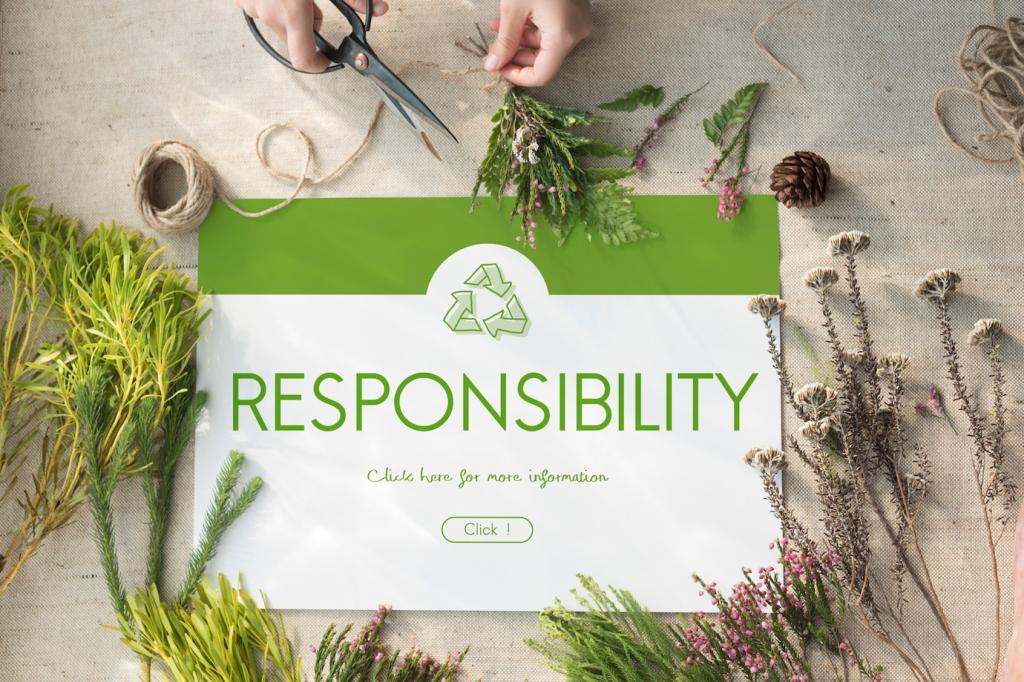Breathe Easy: Non-Toxic Paints and Finishes
Today’s theme: Non-Toxic Paints and Finishes. Explore healthier color, safer surfaces, and practical strategies to refresh your home without harsh fumes. From nursery-safe walls to durable, plant-based wood finishes, we will guide you with science, stories, and step-by-step tips. Subscribe for weekly inspiration and share your questions in the comments.

The air you live in
We spend most of our time indoors, and freshly painted rooms can release fumes long after they feel dry. Choosing non-toxic options reduces chemical load, limits off-gassing, and creates a space where deep breaths actually feel clean. Tell us where you want to start: bedroom, office, or the whole home.
Health impacts you can feel
Sensitive eyes, headaches after painting, or lingering odors are not inevitable. Low- and zero-VOC coatings, plus safer colorants, minimize irritants for kids, pets, and allergy-prone adults. When your renovation ends without a week of stale smells, you will appreciate the difference every single day.
Sustainability that starts at home
Non-toxic choices often mean waterborne formulas, renewable binders, and finishes that last longer with gentler maintenance. That translates to fewer repaints, less waste, and a smaller footprint. Share your sustainability goals, and we will help map products and practices that match your values and budget.
VOCs, Labels, and What They Really Mean
Volatile organic compounds evaporate into the air, contributing to odor and potential irritation. Low-VOC is better, but it is not a guarantee of zero emissions. Colorants can add VOCs, and some semi-volatile compounds still off-gas slowly. Always consider the entire system: base paint, tint, primer, and finish.

Room-by-Room Choices
Nurseries and bedrooms
Choose zero-VOC paints, low-odor primers, and tints verified for low emissions. Finish painting at least a week before move-in to allow full curing. Soft, matte sheens minimize glare and feel calming. Share your palette ideas, and we will suggest combos that soothe bedtime and brighten mornings.
Kitchens, baths, and high humidity
Opt for scrubbable, waterborne enamels or moisture-resistant acrylics with mildew-resistant properties that avoid heavy biocides. Satin or semi-gloss offers wipeability without harsh fumes. Good ventilation during and after application is essential; pair with quiet fans and open windows for a fresher, faster cure.
Furniture, cabinets, and trim
For woodwork, consider waterborne lacquers, plant oil finishes, or shellac cut with alcohol for quick drying and warmth. When durability is key, choose waterborne enamels with verified low emissions. Always test on a hidden spot for adhesion and color, then share your results to help our community learn.

Natural and Traditional Finishes That Work
Milk paint blends casein protein with natural pigments for a velvety, breathable finish ideal for furniture and accents. It bonds beautifully over raw wood and distressing looks authentic, not forced. Seal with a plant-based wax or waterborne topcoat for protection without losing that soft, handcrafted character.
Dust control and safer sanding
Use a HEPA vacuum sander or attach a shop vac to your orbital sander to capture fine dust at the source. Wipe with damp microfiber instead of dry sweeping. Dust is a hidden irritant, and controlling it is one of the healthiest steps you can take before you even open a can.
Ventilation, curing, and timing
Cross-ventilate with open windows and a small box fan blowing out. Paint earlier in the day so you can air out longer. Even low-VOC products need curing time; wait before sleeping in freshly painted rooms. Share your schedule, and we will help plan a weekend timeline with minimal disruption.
Tools, cleanup, and waste
Choose synthetic brushes and low-shedding rollers for waterborne products, and wrap between coats to avoid washing out. Clean tools in a dedicated basin with minimal soap, then filter rinse water before disposal. Leftover paint can be donated or saved in airtight jars. Ask us for our favorite storage hacks.


Care, Maintenance, and End of Life
Cleaning smarter surfaces
Use mild soap, lukewarm water, and soft sponges on painted walls. Avoid harsh solvents that can dull finishes and add unnecessary fumes. For wood treated with plant oils or wax, refresh with a light recoat rather than stripping. Share your toughest stain story, and we will crowdsource a gentle solution.
Touch-ups and color continuity
Always save a labeled sample card and a small, well-sealed jar of leftover paint. For touch-ups, feather edges with a mini roller in the same sheen and batch. If colorants changed, repaint the full wall break. Ask in the comments for our quick checklist to make touch-ups nearly invisible.
Disposal and recycling
Let small amounts of waterborne paint dry out before disposal, or bring usable leftovers to community swap shelves. Many municipalities accept cans for metal recycling once empty and dry. Check local guidelines for hazardous waste days. Tell us your location, and we will help find the nearest safe drop-off.
